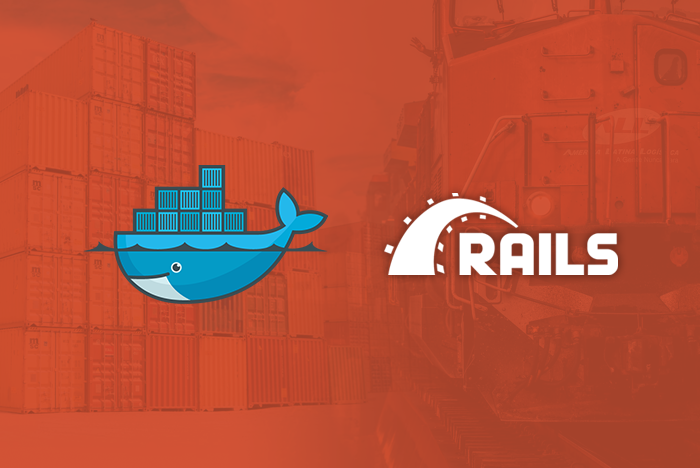Things To Consider Before Building A Mobile App With Backend
As a software engineer, designing a mobile app with a proper backend requires careful planning and consideration. Here are the steps you can follow to approach the system design process:
Define the Requirements: Start by clearly understanding the requirements of your mobile app. Identify the core functionalities, user roles, data management, security requirements, and any other specific needs.
Determine the Technology Stack: Choose the appropriate technology stack for your backend. Consider factors such as scalability, performance, compatibility with the mobile app framework, your team’s expertise, and the app’s specific requirements. Common choices include programming languages like Python, Java, or Node.js, along with frameworks such as Django, Flask, Spring Boot, or Express.js.
Architectural Design: Decide on the architectural design that best suits your app’s needs. Consider different architectural patterns like RESTful APIs, microservices, serverless, or a combination based on your requirements. Plan the overall structure of your backend, including the number of layers, components, and their interactions.
Database Design: Determine the data storage requirements and design the database schema accordingly. Select the appropriate database technology, such as relational (MySQL, PostgreSQL) or NoSQL (MongoDB, Cassandra), based on factors like data structure, scalability, and performance needs.
API Design: Design a well-defined API that will be consumed by the mobile app. Define the endpoints, request/response structures, authentication/authorization mechanisms, and error handling strategies. Use RESTful principles or other suitable API design guidelines.
Consider Scalability and Performance: Plan for scalability and performance early on. Determine potential bottlenecks and design strategies to handle increased traffic or user load. Consider techniques such as load balancing, caching, database sharding, or vertical/horizontal scaling based on anticipated usage patterns.
Security and Authentication: Implement robust security measures to protect user data and ensure secure communication between the mobile app and the backend. Include mechanisms for authentication (e.g., OAuth, JWT) and authorization (e.g., role-based access control).
Integration and External Services: Identify any external services or third-party APIs that your mobile app needs to integrate with. Design the necessary interfaces and consider aspects such as data synchronization, API rate limits, and error handling for these integrations.
Error Handling and Logging: Define a comprehensive error handling strategy for your backend. Implement appropriate logging mechanisms to capture relevant information for debugging and monitoring purposes.
Testing and Quality Assurance: Plan for a robust testing strategy to ensure the stability and reliability of your backend. Consider unit testing, integration testing, and end-to-end testing methodologies. Implement continuous integration and deployment (CI/CD) practices for efficient development and deployment workflows.
Performance Monitoring and Analytics: Set up monitoring and analytics tools to track the performance of your backend in production. Monitor key metrics, such as response times, error rates, and resource utilization, to identify potential issues and optimize system performance.
Documentation: Document your backend system design, including architectural diagrams, API specifications, database schema, deployment instructions, and any other relevant information. This documentation will aid in collaboration, onboarding new team members, and maintaining the system over time.
Remember to involve other stakeholders, such as product managers and mobile app developers, throughout the design process. Regular communication and collaboration will help ensure alignment and successful implementation of your mobile app’s backend.

